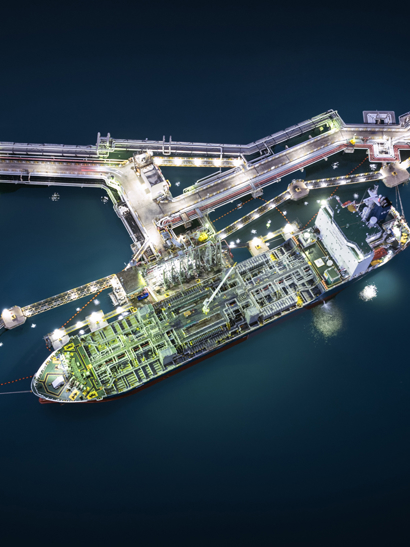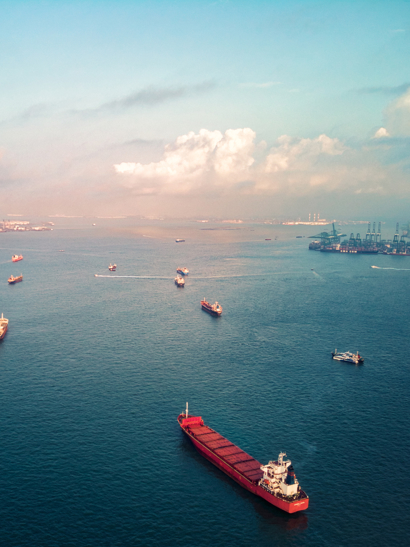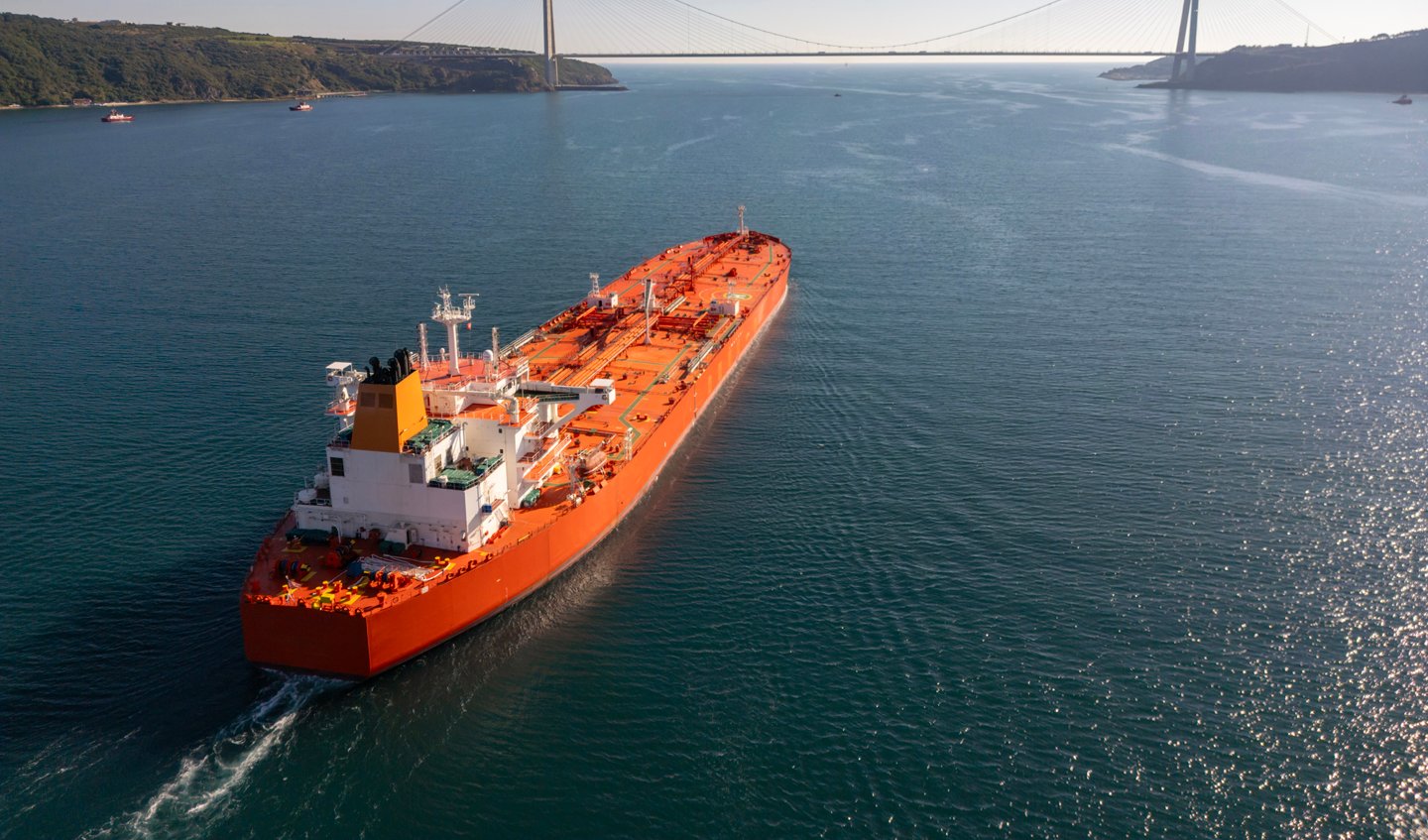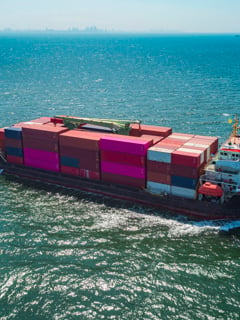For decades, the process of buying fuel was straightforward. Operators would source heavy fuel oil at the lowest possible cost, confident in its availability and suitability for virtually every ship in the fleet. That straightforwardness has evolved, becoming part of a more complex and dynamic system.
The International Maritime Organization’s revised greenhouse gas strategy, combined with the European Union’s Emissions Trading System and FuelEU Maritime regulations, has transformed fuel from an operational consideration into a defining business decision. Compliance now carries a direct cost, and penalties for non-compliance are substantial. Meanwhile, the fuel mix itself is fragmenting, with LNG, methanol, ammonia and biofuels each presenting different costs, availabilities and sustainability credentials.
Jack Spyros Pringle, Global Head, Energy Transition Advisory, LR Advisory, says “Fuel has become a compliance tool, a financial lever and a strategic risk all at once. Without a coherent procurement strategy, operators stand to lose competitiveness.”
The supply-controlled market
For many years, the marine fuel market was demand-driven, with shipping enjoying considerable leverage as one of the few industries consuming residual fuel oil at scale. Alternative fuels have flipped that dynamic. LNG, methanol, ammonia and biofuels are all constrained by production limits, by regional infrastructure, and in many cases by demand from other industries, particularly aviation.
Suppliers now hold the power. This is especially visible in the biofuels market, where supply remains tight and certification is vital. But it is also true of LNG and methanol, where bunkering capacity is concentrated in only a handful of ports. Operators can no longer assume that the fuels they need will be available wherever their vessels trade. The challenge is particularly acute for tramp operators and spot traders, who cannot predict their routes months in advance and therefore face the risk of being caught without access to compliant fuels.
Layers of complexity
Beyond availability, fuel procurement is complicated by a number of operational and regulatory challenges. Each vessel’s design places constraints on which fuels can be used, meaning that fleets may require a range of procurement solutions rather than a single answer. Infrastructure for alternative fuels remains sparse, with uneven investment and regional bottlenecks. Prices are volatile, often lacking clear benchmarks, and fluctuate widely between regions.
Certification is another layer of complexity. Regulators impose different accounting methodologies, sustainability thresholds and emissions factors. A fuel that reduces emissions under one regime may deliver far less benefit under another. The outcome is a market where documentation is as valuable as the fuel itself, and where the ability to prove compliance determines whether a procurement decision actually delivers savings.
To address this challenge, LR has developed the Marine Fuel Disclosure Statement. Unlike a basic proof of sustainability certificate, this is a comprehensive declaration that references bunker delivery notes, certification schemes, emission factors and the latest regulatory circulars. It gives buyers assurance that their fuel purchases will withstand scrutiny across multiple regimes, enabling them to capture the compliance benefits rather than risk costly penalties. For suppliers, it represents a competitive differentiator in a crowded and highly scrutinised market.


Biofuels as a pragmatic option
Within this complex picture, biofuels are emerging as an essential near-term option. They can be used in existing engines as drop-in fuels, allowing operators to avoid the high capital costs associated with retrofitting or newbuilds. Pringle says, “In many cases, biofuels are cheaper than simply paying regulatory penalties, making them an attractive bridging solution.”
According to the latest fuel quality report from LR’s Fuel Oil Bunkering Analysis and Advisory Service (FOBAS), the diversity and quality of biofuels are growing. Only 3.5% of fuels tested were off-spec, and only 0.6% unusable, with problems concentrated at specific ports, and distillate fuels the most predictable.
The steady, confident uptake of biofuels during the first half of 2025 showcases the industry's commitment to sustainable operations. The use of FAME-based fuels, especially B30 RF blends, continues to grow — driven by both environmental ambition and new regulatory support. The clarification from MEPC 83 earlier this year, which treats blends up to 30% as conventional fuels, has removed a major barrier for shipowners previously concerned about NOx compliance. This regulatory advancement provides operators with clear pathways for increasing biofuel utilisation while maintaining full compliance with international standards.
This development has already sparked momentum in key bunkering ports such as Singapore, Algeciras, and Antwerp, where FOBAS testing shows widespread use of biofuel blends with no operational issues reported. The new ISO 8217:2024 standard provides further structure, setting clear specifications and giving operators the confidence to plan voyages with alternative fuels onboard.
Yet the advantages are not automatic. Reporting requirements are fragmented, and each regulation applies its own set of emission factors. A biofuel blend recognised by one authority may not qualify under another. For this reason, the supplier able to provide the most robust documentation will often secure the business.
Beyond biofuels
While biofuels may provide an immediate answer, other fuels are gathering momentum as longer-term options. LNG is already established, but price volatility and methane slip remain concerns. Methanol production is increasing, with renewable pathways emerging, but global supply is still limited and infrastructure concentrated in a few ports. Ammonia, already traded as a commodity, is being reshaped as a marine fuel, but standards for bunkering, safety and emissions are still being finalised.
The reality is that shipping is entering a multi-fuel era. No single fuel will dominate across all regions and all operational profiles. Operators must plan for flexibility, designing procurement strategies that can adapt as availability and regulation evolve.
The case for strategy
In this environment, transactional fuel purchasing is no longer viable. Procurement must be treated as a strategic discipline, tightly integrated with an operator’s decarbonisation roadmap and trading profile.
LR is already supporting clients in this transition, helping them to create robust and future-proof fuel procurement strategies. The process begins with an assessment of long-term fleet requirements, taking into account expected trade lanes, ship types and expansion plans. It extends to mapping supply availability around the world, identifying hubs of opportunity, and evaluating procurement mechanisms such as long-term offtake agreements or joint sourcing arrangements. Critically, these strategies are stress-tested against regulatory developments to ensure they remain viable as targets tighten.
All of this analysis is brought together in a comprehensive Future Fuels Procurement Strategy. “Rather than offering a generic solution, the goal is to give operators confidence that they can secure compliant fuels in the right place, at the right time, and at an economically sustainable price,” says Pringle.
The aim is to create not just a plan for the next procurement cycle, but a long-term framework that adapts to regulatory change, mitigates supply risk, and ensures that operators are positioned to succeed in a multi-fuel future.
Geography adds another challenge. Major hubs such as Rotterdam and Singapore are investing heavily in future fuels, but beyond them availability remains uneven. Operators with liner services can plan around these hubs, while tramp operators face greater uncertainty. Price disparities between regions create further complications, and competition from industries such as aviation intensifies pressure on limited supplies.
“These dynamics underline the importance of early action. Securing supply is no longer a matter of simply arriving at a port and purchasing what is on offer. It requires foresight, planning, and in many cases, long-term commitments,” Pringle adds.

Execution and assurance
Even the most carefully crafted procurement strategy depends on effective execution. This is where tools such as the Marine Fuel Disclosure Statement bridge the gap between planning and practice. By consolidating documentation and verifying compliance across regulatory frameworks, they provide assurance that procurement decisions translate into measurable outcomes.
The fuel procurement landscape is being reshaped by forces beyond shipping’s control. Regulation, supply limitations and cross-industry competition mean that operators can no longer rely on transactional purchasing. They must instead approach procurement as a strategic discipline, balancing cost, compliance and availability across a fragmented market.
Those who succeed will turn fuel from a liability into a source of competitive advantage. Those who do not risk being left behind, burdened by rising costs and exposed to penalties.
Pringle concludes, “It doesn’t matter what happens in the details, future fuels will be part of the solution. The real question is whether you have a strategy to secure them.”


